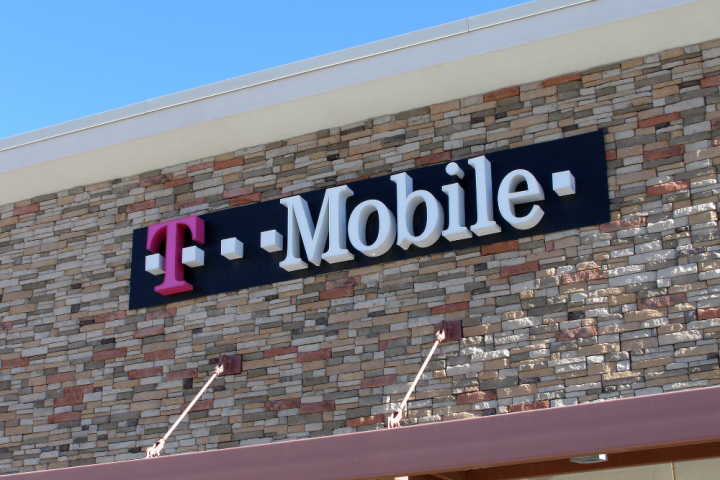
“I’m proud to announce that we’re first … to introduce a new technology that delivers a massive … speed boost to customers,” wrote T-Mobile Chief Technology Officer Neville Ray in a blog post. “We’re already on to the next big thing.”
The technology in question is called multiple input, multiple output, or MIMO for short, and essentially works like a freeway. Whereas conventional wireless channels the flow of data down two or so physical antennas — or lanes — more complex implementations of MIMO increase the number of transmitters in both towers and the devices with which they communicate. That subsequently reduces the potential for congestion — if one “lane” fills with data, others can compensate — and the predictable result is higher average download and upload speeds.
It’s not new tech, exactly. T-Mobile deployed its precursor, 2×2 MIMO, in 2014, and Verizon and Sprint have since implemented configurations of their own. But Ray said T-Mobile’s newest iteration, 4×4, delivers speeds up to “two times” faster than its old network ever could. And it’s already live across a good part of the country — 319 cities, Ray said.
Not every customer will be able to take advantage without shelling out for a new device. Initially, only Samsung’s Galaxy S7 and S7 Edge will be able to tap the improvements, and only after a software update due out later this month. support for phones beyond those is a difficult proposition — Samsung’s aforementioned crop of devices are among the few that pack the requisite hardware. But Ray was bullish on the technology’s prospects. “There are some gaps in the portfolio … and they should be filled out this year,” he told PC Magazine.
Increased device support for T-Mobile’s 4×4 MIMO will coincide with the Magenta carrier’s rollout of another network technology: 256 quadrature amplitude modulation (QAM). That’s a mouthful, but boiled down to the essentials, QAM increases the amount of information transmitted each time a device makes contact with a cell tower. It’s like upgrading from a minivan to a tractor-trailer — you can carry a metric ton more stuff each trip.
Related: MetroPCS and T-Mobile get their hands on Alcatel’s $70 Fierce 4
Ray said that 256 QAM, in tandem with 4×4 MIMO, can deliver peak speeds up to 400Mbps in theory, but concedes most customers will see “about 40Mbps.” Still, the network’s on track to launch QAM nationwide in October. As with 4×4 MIMO, the Galaxy S7 and S7 Edge will be the first handsets to support it.
The announcement comes on the heels of Verizon’s latest public network update. Big Red said it deployed improved carrier aggregation, or technology that combines disparate bands of spectrum — the frequencies over which cellular data is transmitted — into a single, wider channel (again, think lanes on a highway). The carrier’s tech, which it has deployed across 500 cell sites in Chicago, supports theoretical speeds of up to 230Mbps on supported devices — namely, Samsung’s Note 7, Galaxy S7, and Galaxy S7 Edge.
The competition wasn’t to be outdone. On the same day Verizon made its announcement, Sprint said it had begun carrier aggregation testing in the Chicago market, too. And AT&T said it was continuing the carrier aggregation trials it began in the region way back in 2014.
But T-Mobile is on the forefront, Ray contended. “We’ve already launched seven LTE Advanced technologies — more than anyone else in the industry,” he said. He added that more than 60 percent of T-Mobile subscribers were using one such technology: Voice Over LTE, or (VoLTE), a digital replacement for the analog most cell phone networks in the U.S. have begun to phase out. And Ray said that T-Mobile’s network had reached a new coverage milestone: more than 312 million people. “Now, almost everyone can choose a faster, more advanced network from T-Mobile,” he said. “It all starts with our blazing-fast, super-advanced network … that just got a lot more faster and more advanced.”
Editors' Recommendations
- T-Mobile just set another 5G speed record
- T-Mobile lures subscribers with 500GB of Google One cloud storage for $5 a month
